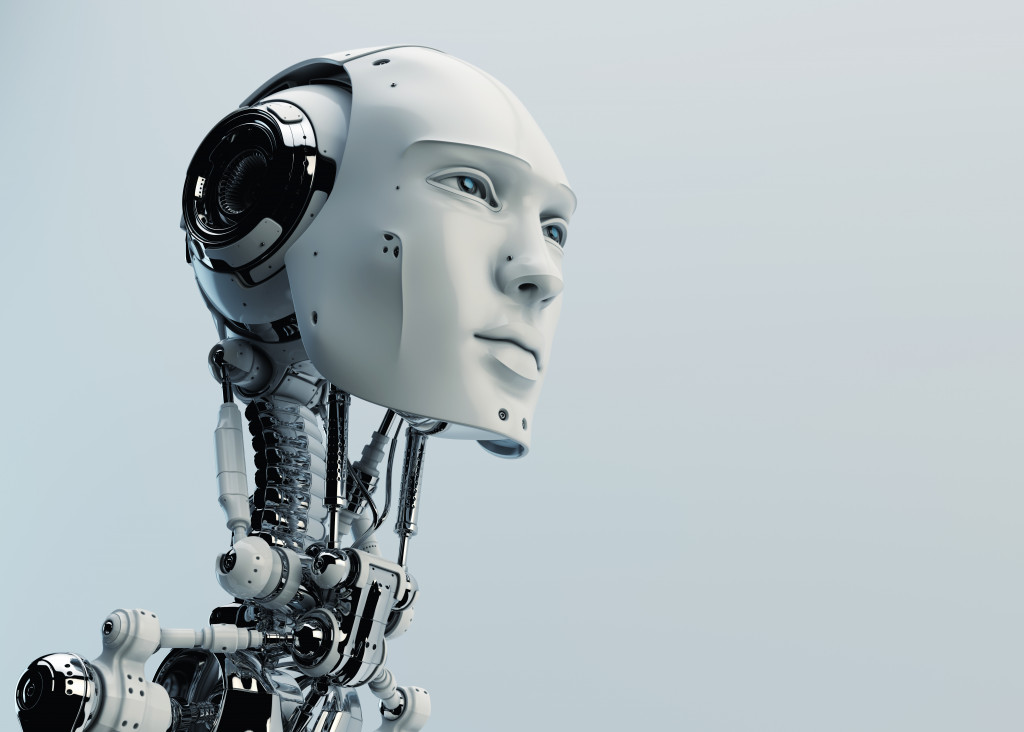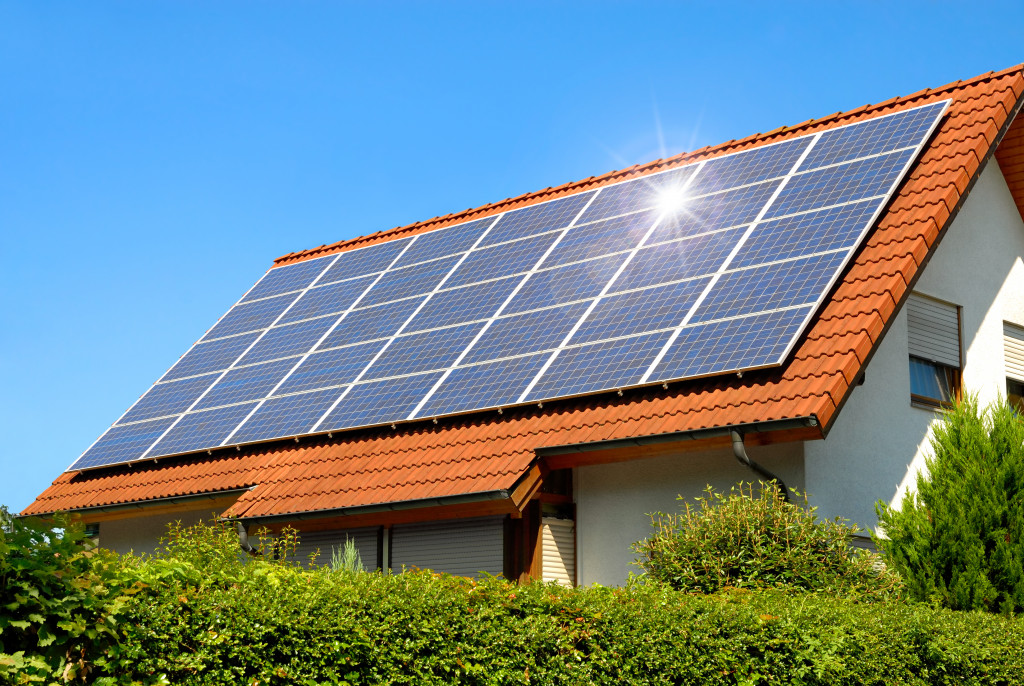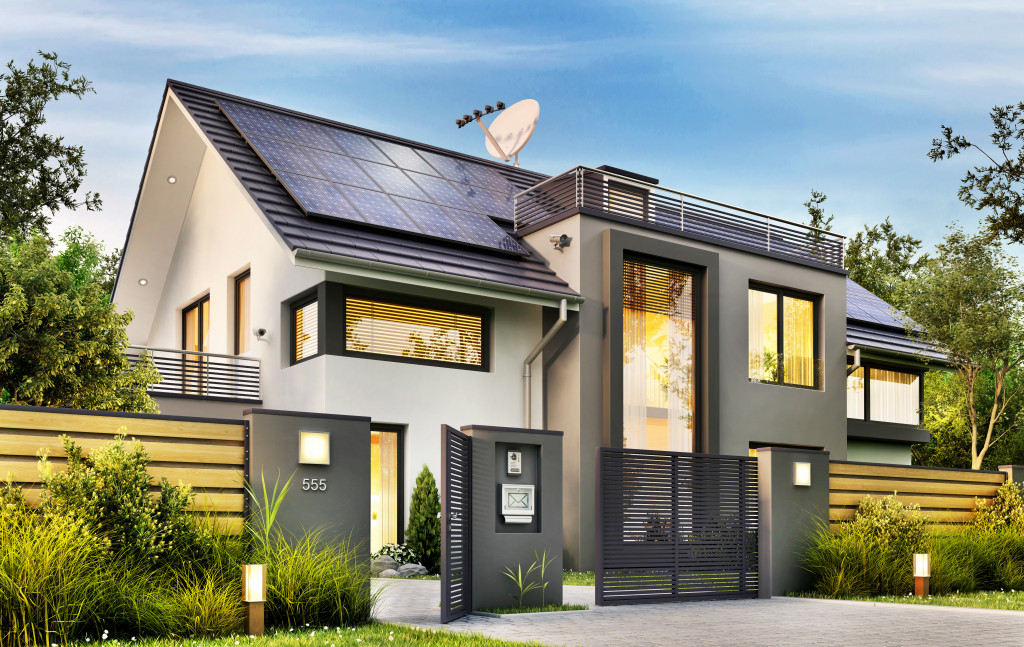If you were to ask someone from the 80s or 90s what the home of the future would look like, they would have probably described a highly advanced home but with big bulking machines to make everything work. For the longest time, all interior designers had to worry about was a television. Making it blend into the living room environment was the key. Eventually, a stereo speaker was added. And then a VCR, then a DVD, or even gaming consoles. But now, people’s homes are littered with technology.
Fortunately, tech developers nowadays are paying attention. Many gadgets and devices created for home use are now designed by professional designers and not just engineers or programmers. This has led to the creation of more appropriately themed home devices. With this in mind, what would the home of the future look like?
Smart Homes Are the Future
If you intend to sell your property either on your own or through the services of a house listing agent, you’ll find that the property value will increase considerably if it’s equipped with smart devices. People are now demanding smart homes — and for the right reason. The innovations in smart home technology have gone far enough for it to offer irreplaceable convenience and without the sacrifice of aesthetics. Many devices are integrated into the home’s design, harmonizing seamlessly with the theme.
Below are some technological and design innovations that people have seen and a few more that they might see very soon.
Robots Will Be a Norm

Several have grown up watching robots on TV. As children, they might have hoped to eventually live in a world with robots. Here they are, but they don’t look like what they imagined these machines to be. Designers and engineers have realized that the most efficient robot design fits its specific use case. Essentially a robot that cleans the dishes will look like what people know dishwashers to be.
However, when it comes to functionalities, modern robots will far exceed their mid-century counterparts. Microwaves now access the internet to function on command, and refrigerators can track its contents and even order food items that ran out. Dishwashers and washing machines can start themselves on schedule; even vacuum cleaners are autonomous. While robots nowadays might now look like the anthropomorphic robots of old cartoons, their functions are very much there.
Voice-activated Virtual Assistants
Another development that mimics science fiction is the rise of voice-activated AI virtual assistants. Many individuals most probably have one nearby already: their smartphones. Handheld computing technology through smartphones has progressed dramatically from its conception, even rivaling full-pledged desktop computers from ten years ago.
Now, people can issue verbal commands to their smartphones, and it will be followed in a surprisingly accurate fashion. This technology, when applied elsewhere, makes for a fascinating case: AI virtual assistants are now housed in elegant-looking boxes. These devices blend in regardless of location, from the living room to bedroom or an expensive hotel lobby. With a simple but refined design, these devices can make a room not just high-tech but also high-taste.
Solar Panels and Roofs Make Sense

Solar panels used to be these big glass panels that stick out like a sore thumb. Many homeowners even refused to purchase one out of sheer concern for not fitting their property’s theme. However, this isn’t a concern anymore as researchers have decided that the optimal placement for solar panels is on the roof.
While that’s nothing new, modern solar panels barely look like solar panels. They’re low-profile, sporting a clean design without any visible protruding metals or gadgets, maintaining the house’s design theme. See-through solar panels are now being developed as well, potentially allowing structures made predominantly of glass to still use solar power as an energy source. Even windows can be a source of energy, virtually allowing designers to not design around solar panels.
Computers Are Better
Of course, it must be mentioned how even computers nowadays are designed with aesthetics in mind. No longer are they hulking pieces of metal gadgetry. Now they can even become the centerpiece of a space. Many computer cases are elegantly designed, sporting RGB lighting to match the theme of the room. For the tech-centric folks, how their computer looks is an integral part of their overall interior design. And this shows in the popularity of minimalistic (or even maximalist) computer design.
Both interior design and technology will continue to evolve. Their evolution will primarily be together, with interior design borrowing and integrating the innovations from technology. People can only hope to see what the future lies ahead.

